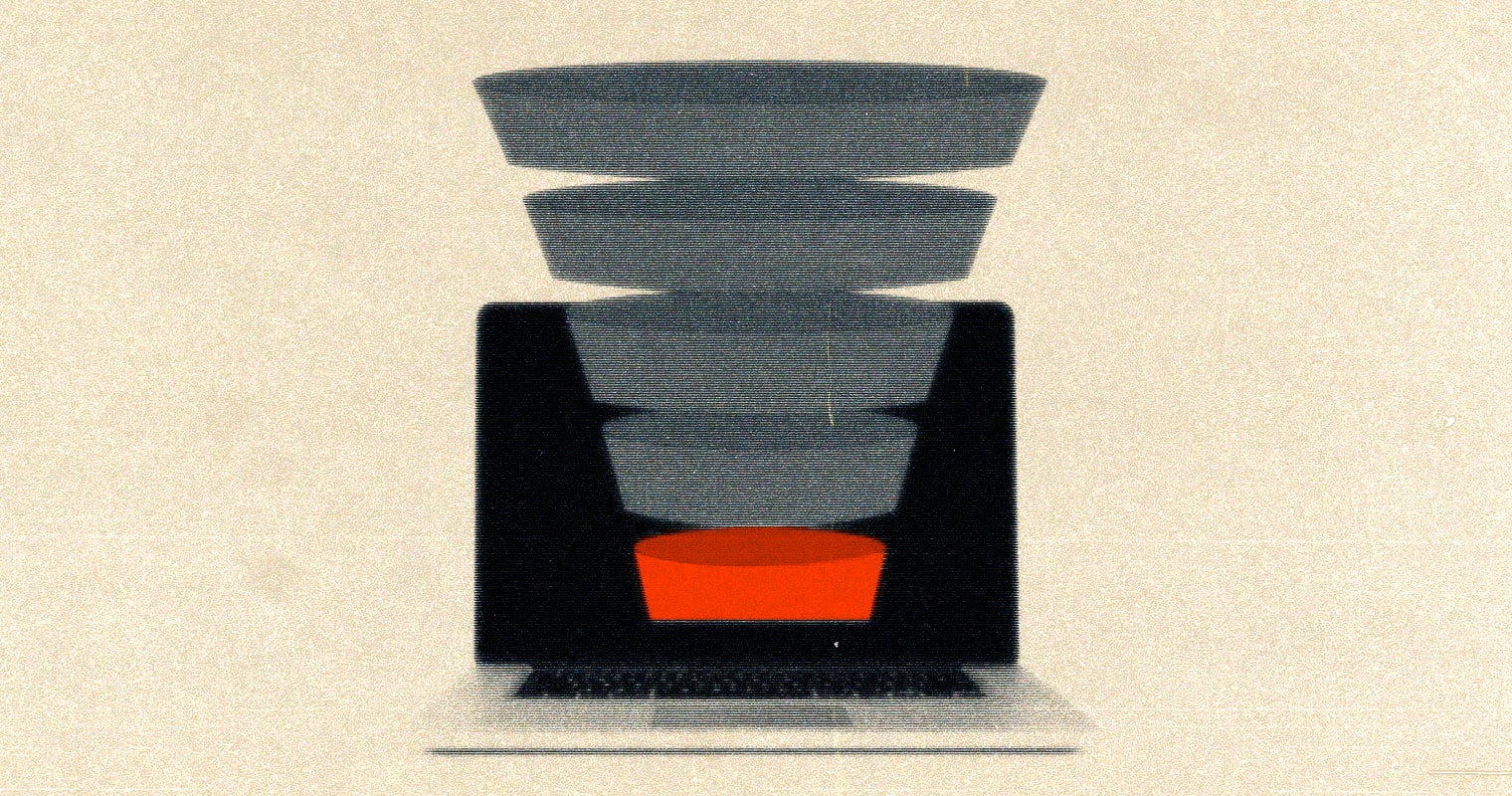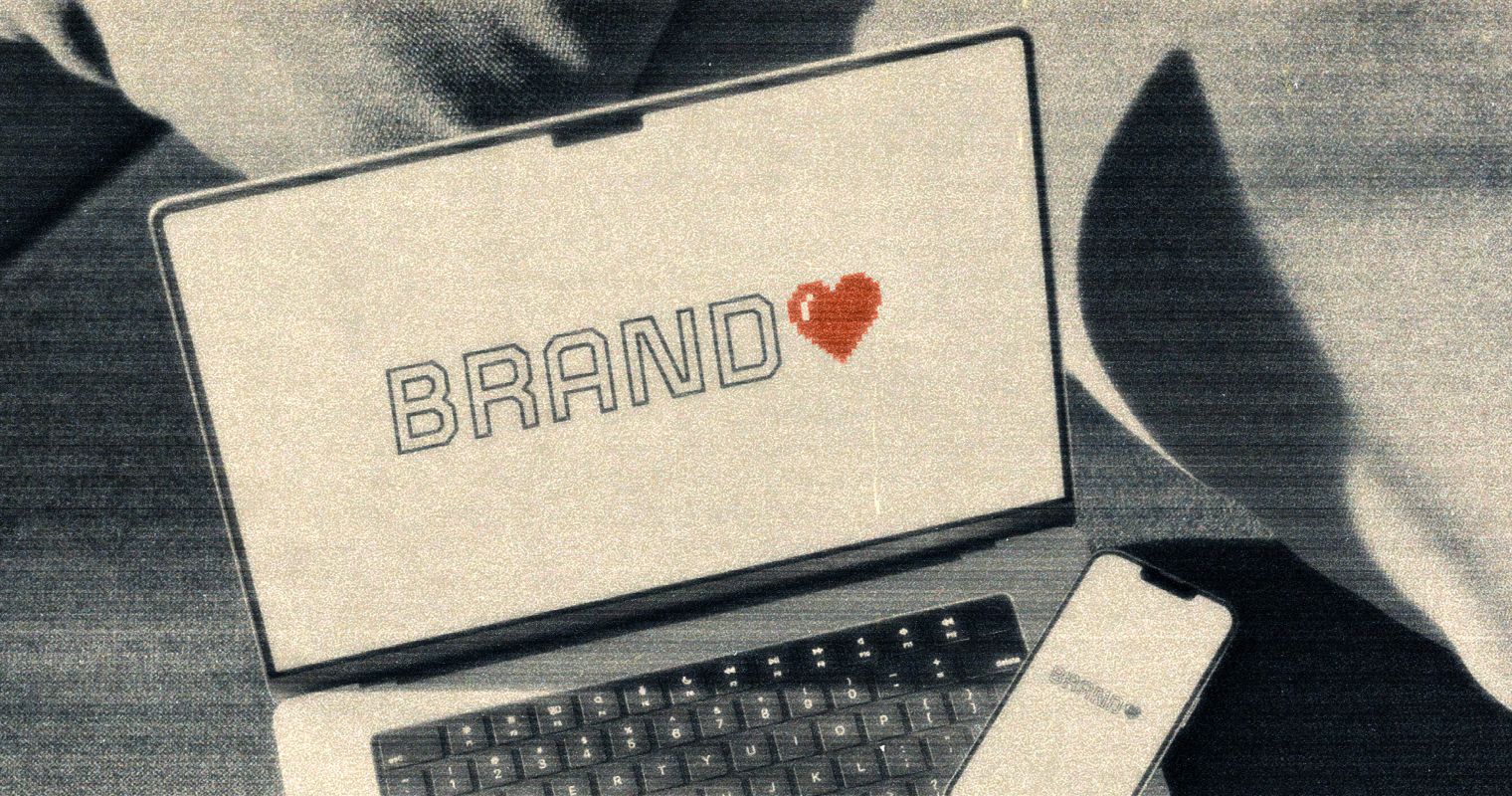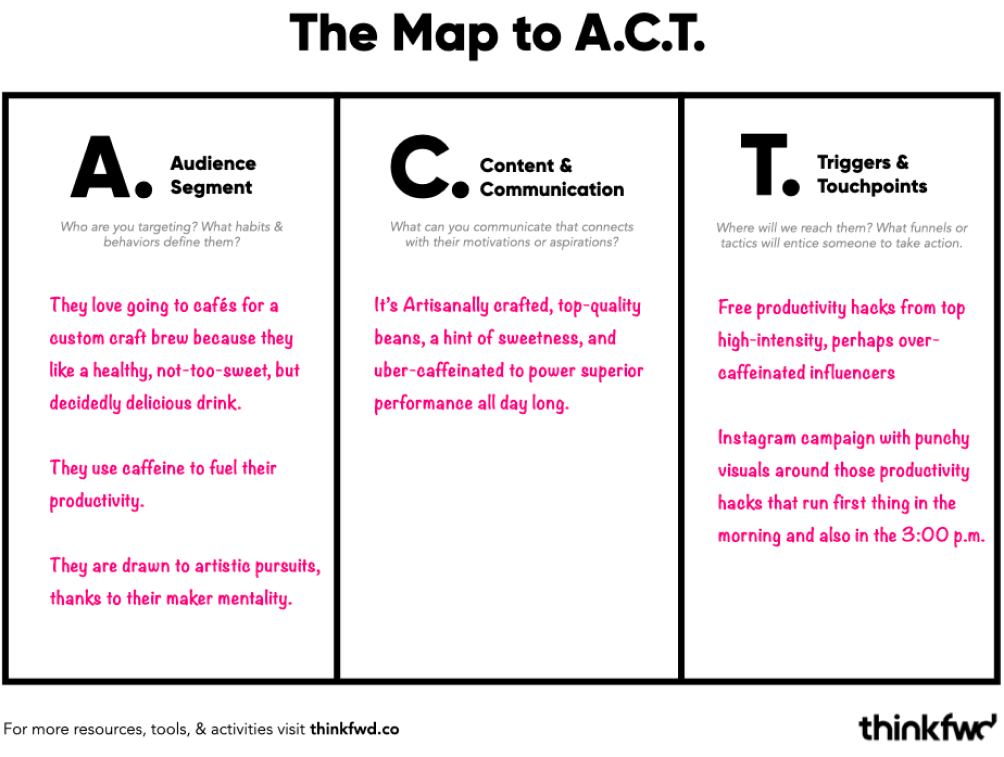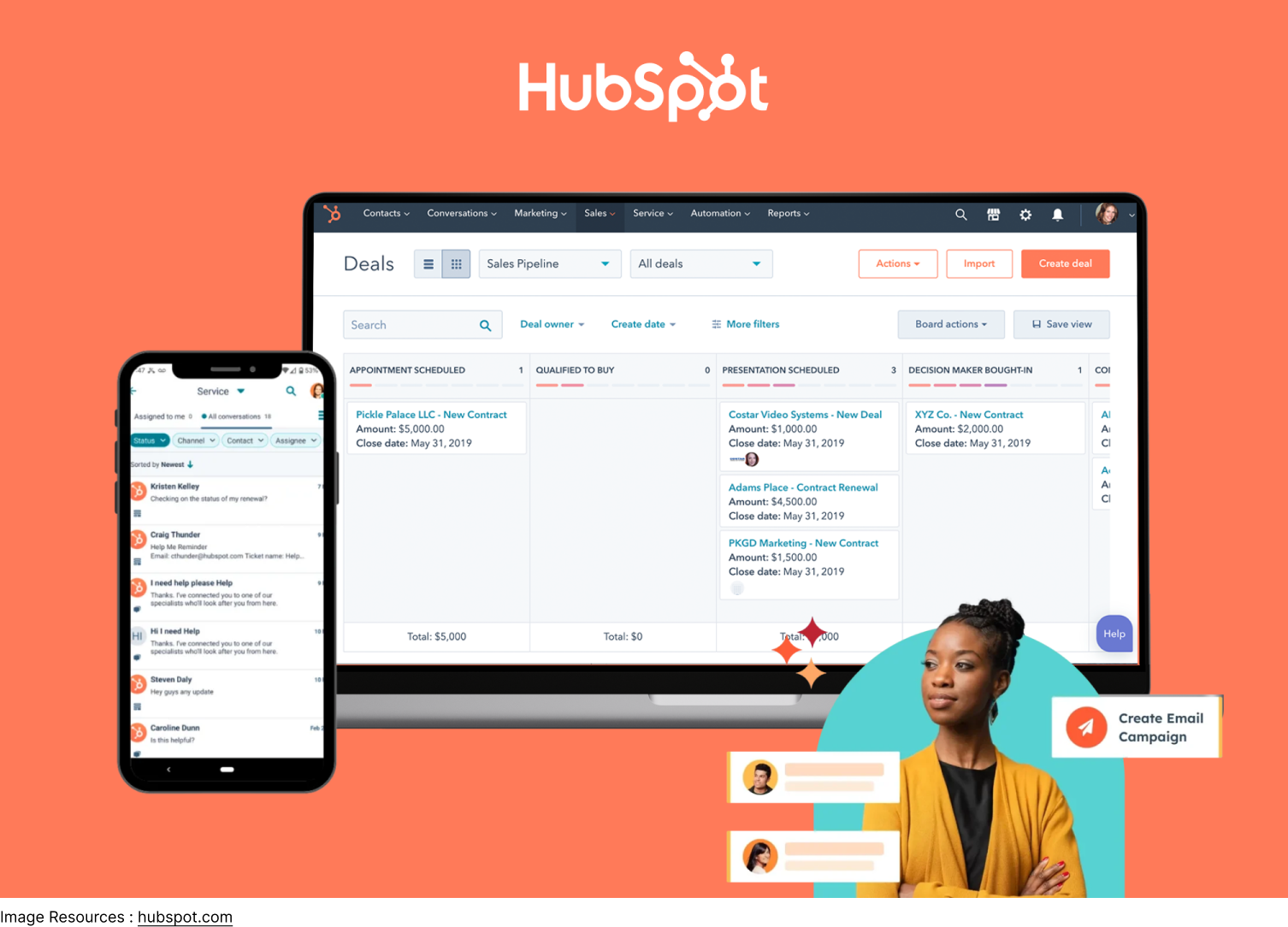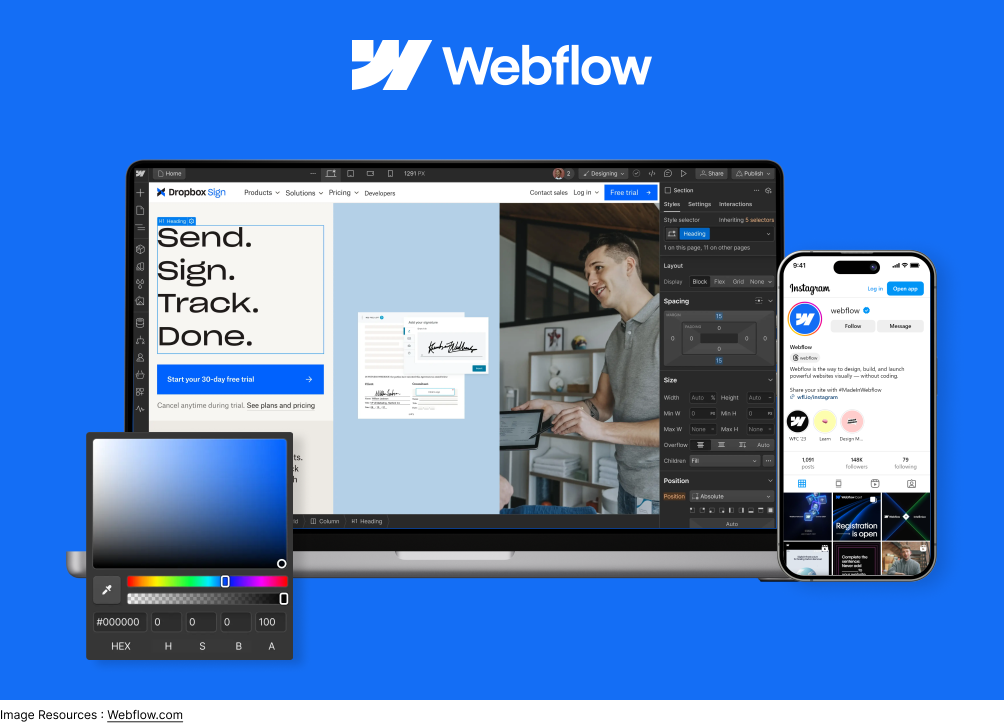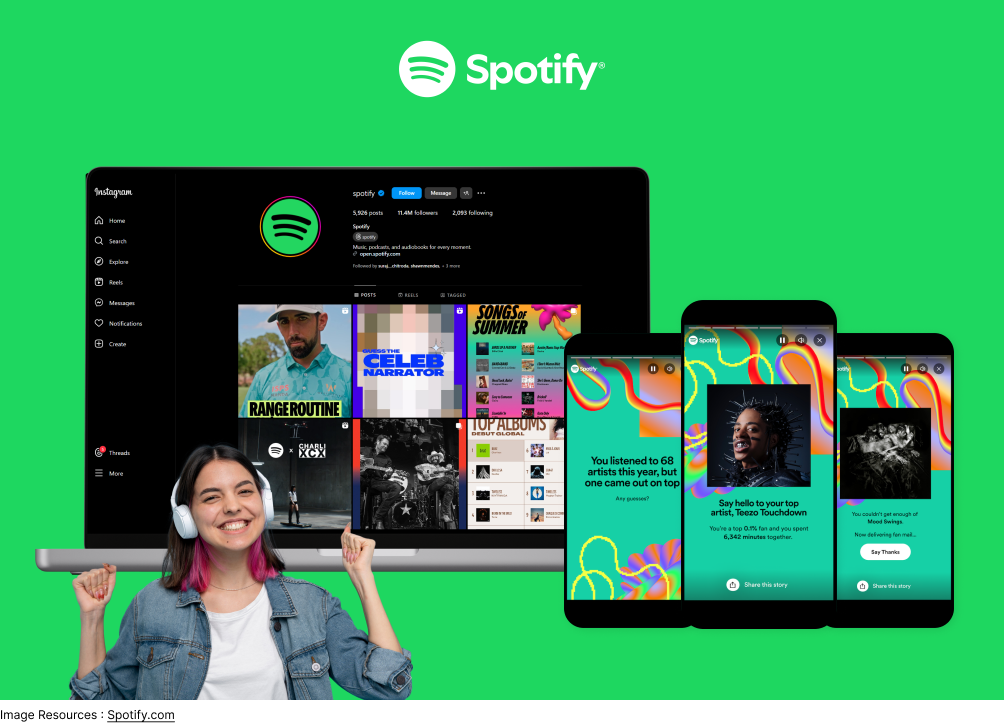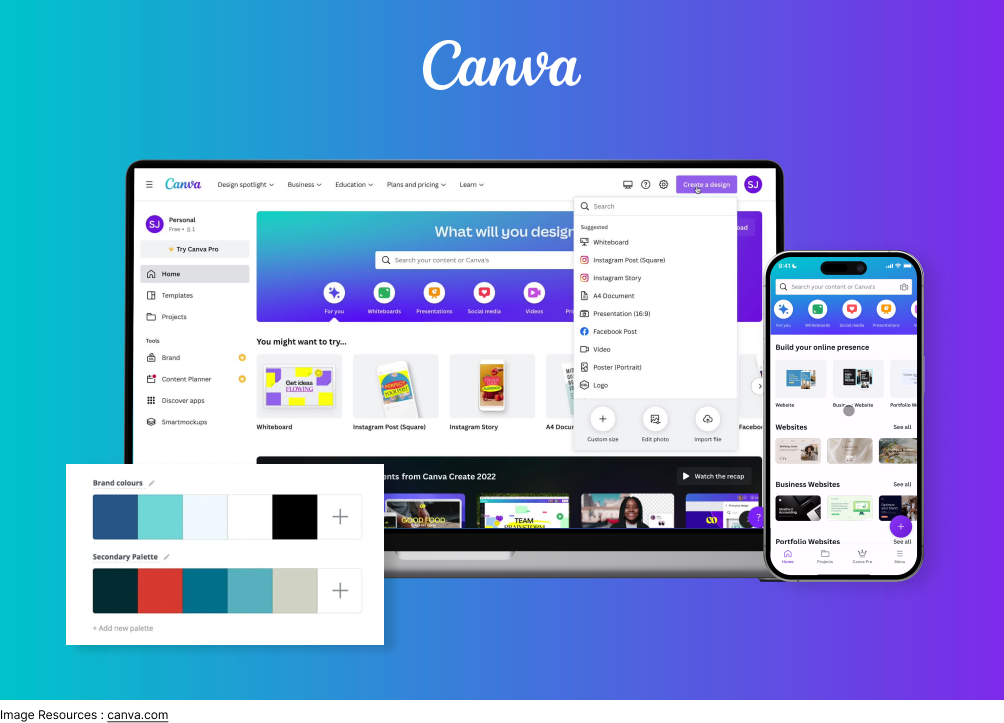Background
The concept of the “experience economy” was first introduced in a 1998 article by James H. Gilmore and Joseph Pine II. They suggested that the next step in the progression of economic value is selling experiences. After commodifying products and services, experiences will be the next step for creating differentiation.
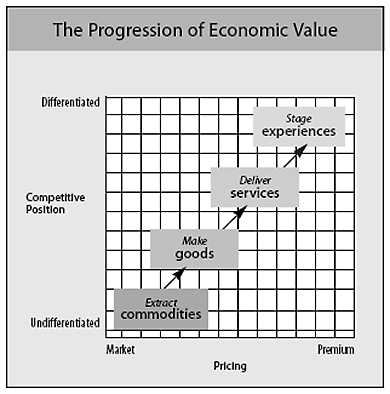
Of course, the next question that arises is: What qualifies as an experience?
While up until recently experience would usually be clubbed with services, over the past decade, companies have been putting in effort to create carefully crafted memorable experiences.
“Experience” doesn’t just refer to a vague concept but an actual value created by a business. Experience involves the engagement of the senses. When talking about selling experiences, the first thing that would come to most people’s minds is Disneyland, a combination of food, amusement rides, music, merchandise shops, and more. That is precisely what experience is. To put it simply, experiences are events that are memorable.
Let’s take a look at Apple BKC. They have focused on creating a visually pleasing store. They make sure that the purchase and repair processes flow smoothly. Apart from this,. This all an effort to make the store more than just a store. It becomes a centre for experiences. The store also organises various workshops where people could sign up and get a basic understanding of coding, videography, design and more. This turns it into a more cultural and social space rather than just a typical store.

Creating an experience goes beyond just retail stores or in-person interactions and extends to the digital world as well. Consider Netflix. Netflix puts a huge focus on creating a great customer experience. Personalising the home screens according to the tastes and preferences of the users is just the tip of the iceberg. Netflix also regularly conducts focus groups, usability testing, cancel surveys, and A/B testing in order to keep optimising the digital experience. Netflix conducts about 250 A/B tests a year.

Gilmore and Pine proposed two axes along which an experience could be placed. On the ends of one axis lie Absorption and Immersion, while on the other ends of the other axis lie Passive Participation and Active Participation. Absorption refers to the customer absorbing the experience while not being a part of it, like a student absorbing information during a lecture. An Immersive experience is where the customer is surrounded by it and completely immersed in it, such as, walking through an aquarium.
Watching a movie in a theatre is an example of passive participation while going on an adventure ride is an example of active participation.
The four quadrants, which are also called the “four realms” of experience economy, thus created, are Educational, Esthetic, Entertaining, and Escapist.
The Flywheel Model: Focusing on experience
Now let’s take a look at how this applies to marketing funnels. The traditional AIDA marketing funnel was introduced in 1898. It contains four stages: Awareness, Interest, Desire, Action. This funnel has a narrow scope, ultimately culminating in the “Action” or the single purchase. Businesses have moved onwards and have adopted more modern models. One such example is the Flywheel model. While a traditional sales funnel would solely focus on converting leads, the flywheel is a modern and more holistic approach focused on creating a good experience for the customer where the ultimate aim is Customer Delight instead of Customer Satisfaction.
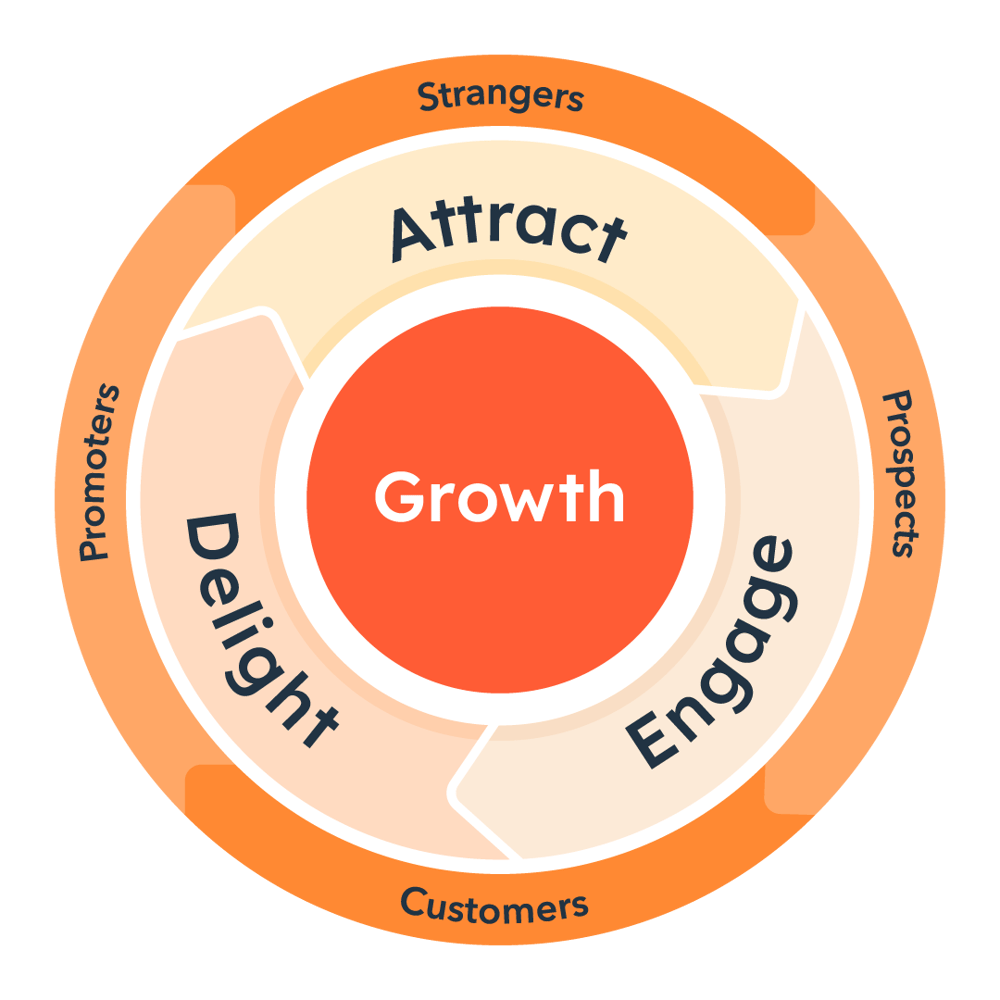
The flywheel is a great way of thinking about your marketing efforts because the process doesn’t end with just converting the leads. The final stage feeds directly back to the initial one. The three phases in the flywheel model are Attract, Engage, and Delight.
- Attract: The process begins by telling your target group that your brand exists and can offer solutions for them. This is where practices such as search engine optimization, social media marketing, targeted advertising, and content marketing come in. What you need to make sure is that there is a clear CTA that will move them to the next step in the flywheel.
- Engage: This is where you nurture your relationship with your leads. This is done through sending emails, providing personalised support. You can follow up with your leads in a timely manner. You need to make sure you clear any doubts they may have and help them out with any problems they may be facing. This is also the phase where you manage your lead data. Not all leads are the same so categorising them and dealing with them accordingly can help manage them.
- Delight: This is the phase where you deliver on your promise and go a step further and exceed the customers’ expectations. You have to go beyond just satisfying them and, well, delight them. You need to make them feel glad that they chose to work with you. How do you do that? Some ways you can achieve customer delight is by personalising their experience, solving their problems, providing exceptional after-sales support, and listening to their feedback. The goal here is to increase brand advocacy.
How to improve your B2B funnel?
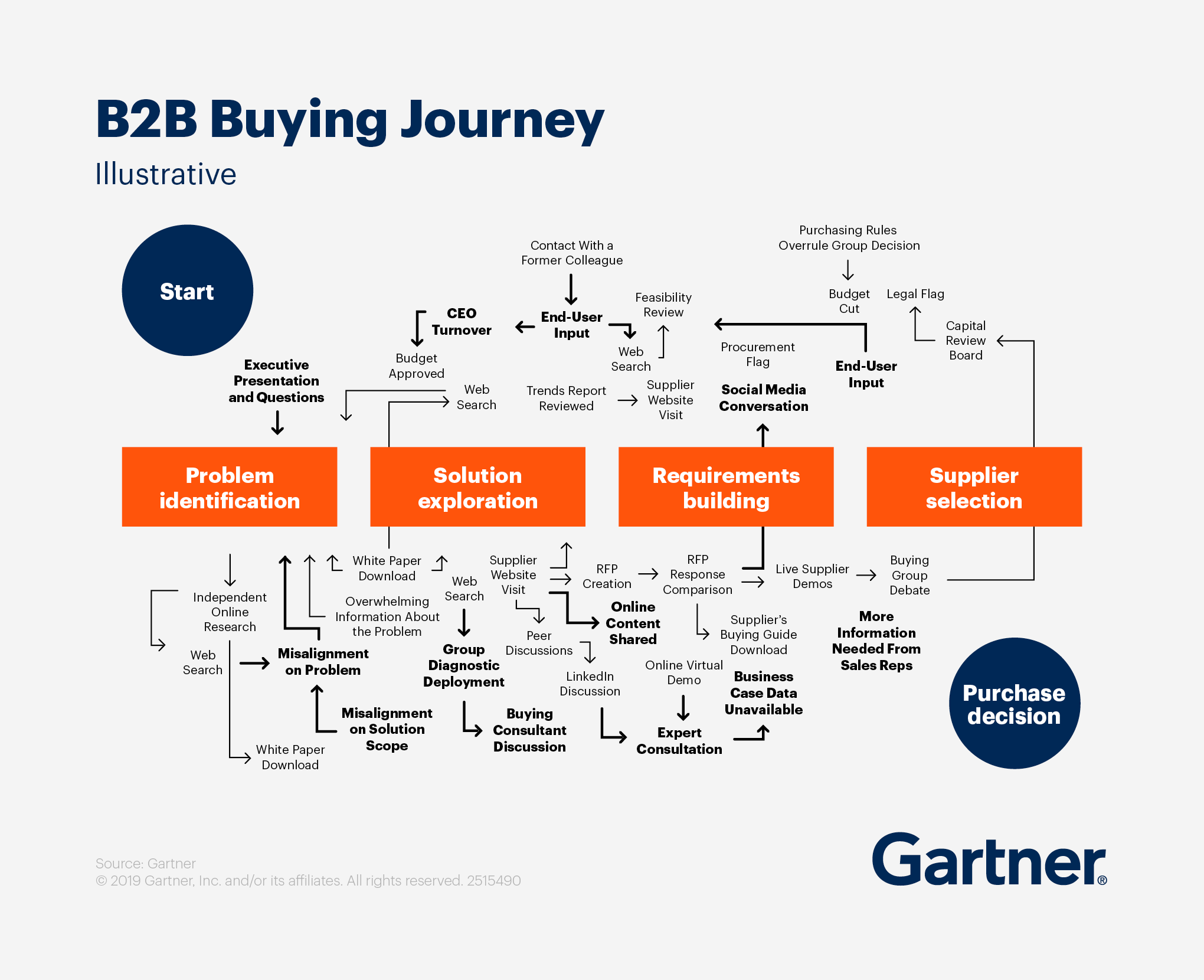
B2B Customer journey differs from that of B2C. The purchase cycle is usually longer, the process of decision-making is more complex involving more than one decision-makers, and the decisions rely on rational factors rather than more emotional factors for B2C. Also, the B2B customer journey is not entirely linear. Therefore, to create a successful B2B funnel, you need to create frictionless experiences. So, the question is how do you create a smooth customer experience? Here are some pointers:
- Reduce Friction: Make the experience of doing business with you smoother. Reduce the efforts the customer has to put in. You can do this by making it easier to get on a call with you, reducing the time the customer is kept on hold on a call, not having them repeat their information or problems too many times. Make the experience seamless.
- Responsiveness: Be it communications, deliveries, or issue-resolution, you need to make sure that there is timely action being taken. Nobody likes to keep waiting and wondering if they’ll get a response
- Personalise the experience: Every customer may have different problems and expectations from your business. Identify the pain points, needs, and goals of your customer. Then, tailor your marketing efforts accordingly.
- Be proactive: You need to always be one step ahead. You need to make an active effort to foresee potential pain points of the customer and fix them before the customer feels the pain.
- Integrating Feedback: You need to keep improving upon your customer experience. You need to regularly ask for feedback and keep integrating them to make the experience better for your customers.
Examples of B2B brands
Let’s take a look at HubSpot. They have a chatbot on their website. The customers know exactly where to go in case they have questions. The chatbot helps the customers with general questions they may have or show them the way to relevant blogs. This way the customer service executives can help customers with more specific issues and questions.
IBM is known for its exceptional customer experience, especially the IBM Cloud storage suite. Every time they onboard a customer for the Cloud Storage Suite, they assign a dedicated team of specialists to help them set up. Based on customers’ needs, the team trains them to use the platform in the best possible ways suitable for their specific needs. They also collect regular feedback to keep improving the experience of the customers.
A great example of personalising your efforts is Mastercard Labs. Maytag, one of their clients, is the largest supplier of washing machines in laundromats. Their problem was that these machines operated on coins, which was rapidly becoming an outdated approach. Mastercard Labs took it upon themselves and designed an application called “Clothespin” which allowed users to use the machines ‘coin-free’ by directly paying from their mobile phones. The app also gave them alerts when the wash was done. This is a great example of solving your customer’s problem by solving their customer’s problem.
Conclusion
So, there you have it. B2B Funnels are much more complex by nature and require businesses to craft smooth customer experiences to retain them in the funnel. The goal is to convert these customers into brand advocates, which directly feeds new leads to the top of the funnel. The key to optimising a B2B funnel is to understand the customer’s needs and problems, creating a consistent experience, proactively solving their problems and regularly integrating feedback.
Moreover, creating a great experience goes beyond just your sales funnel. A great brand experience is present at all touchpoints. It marries the brand identity with the customer experience. It is a more holistic approach towards creating experiences for your customers and puts the focus on creating a brand identity that becomes synonymous with exceptional experiences.
Sources:
Welcome to the Experience Economy (hbr.org)
The B2B Buying Journey: Key Stages and How to Optimize Them (gartner.com)
The Customer Journey Funnel: The Key to Sustainable Growth – RocketSource
A complete guide to the B2B customer journey | Precis Digital



